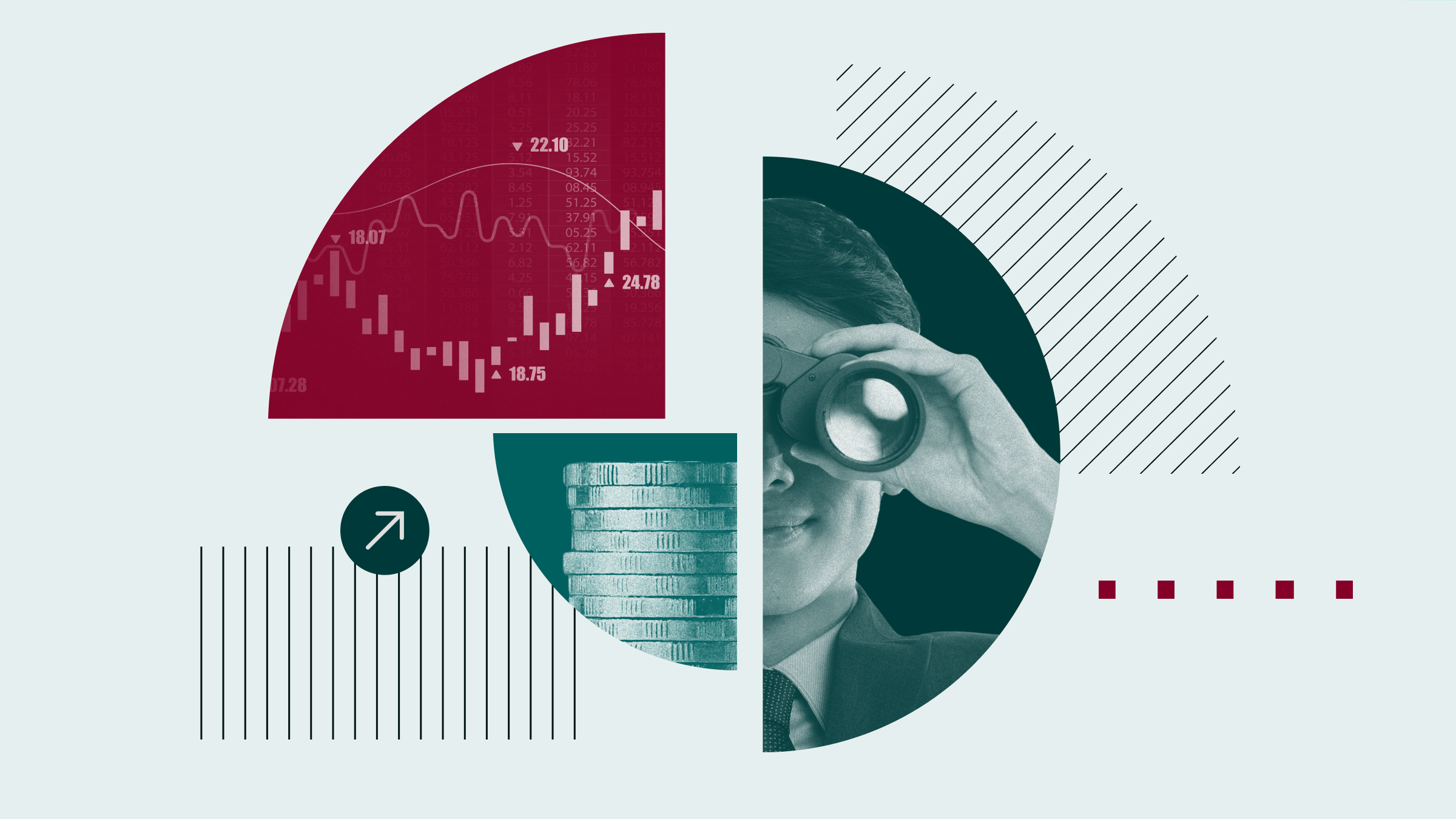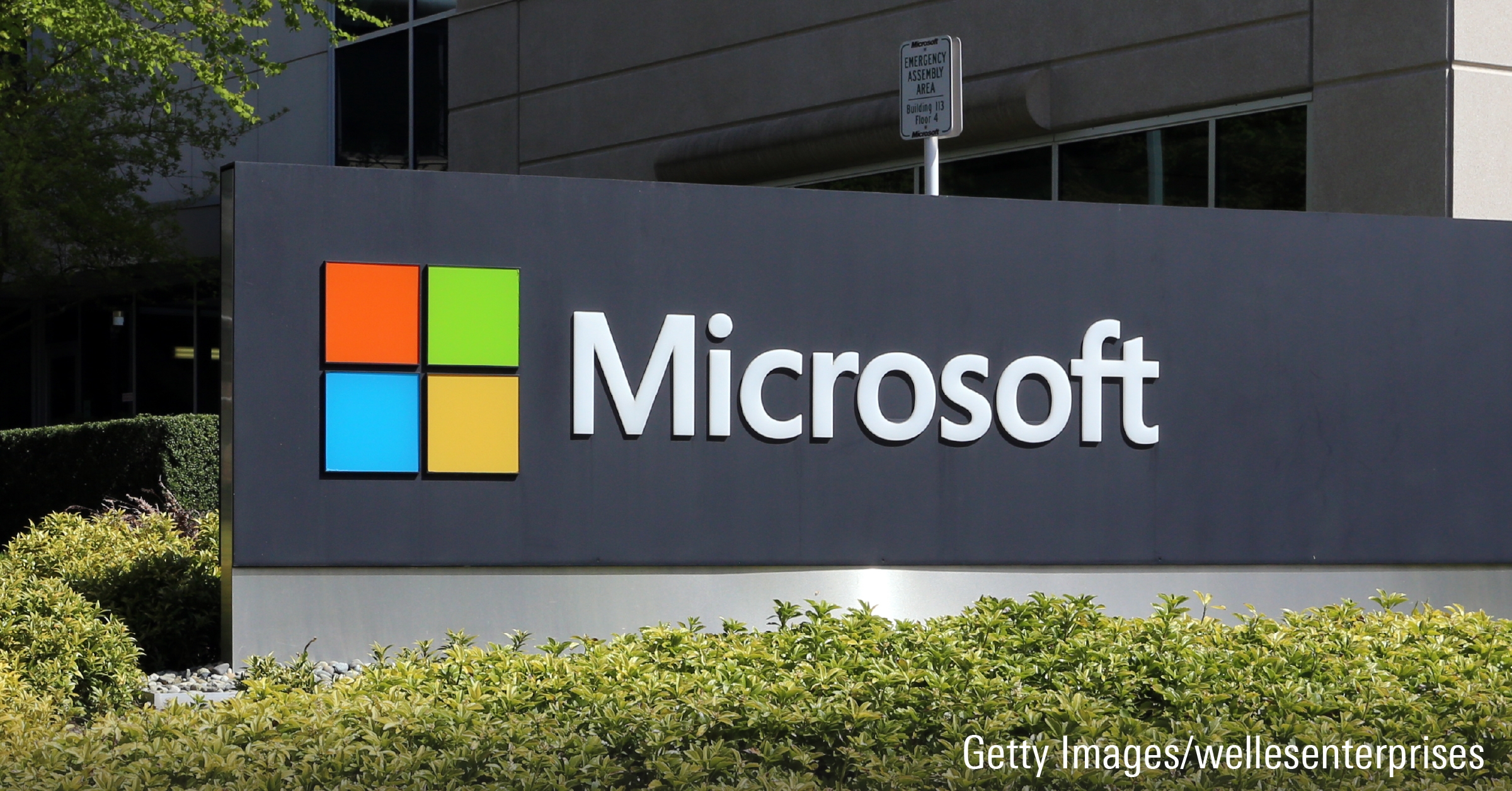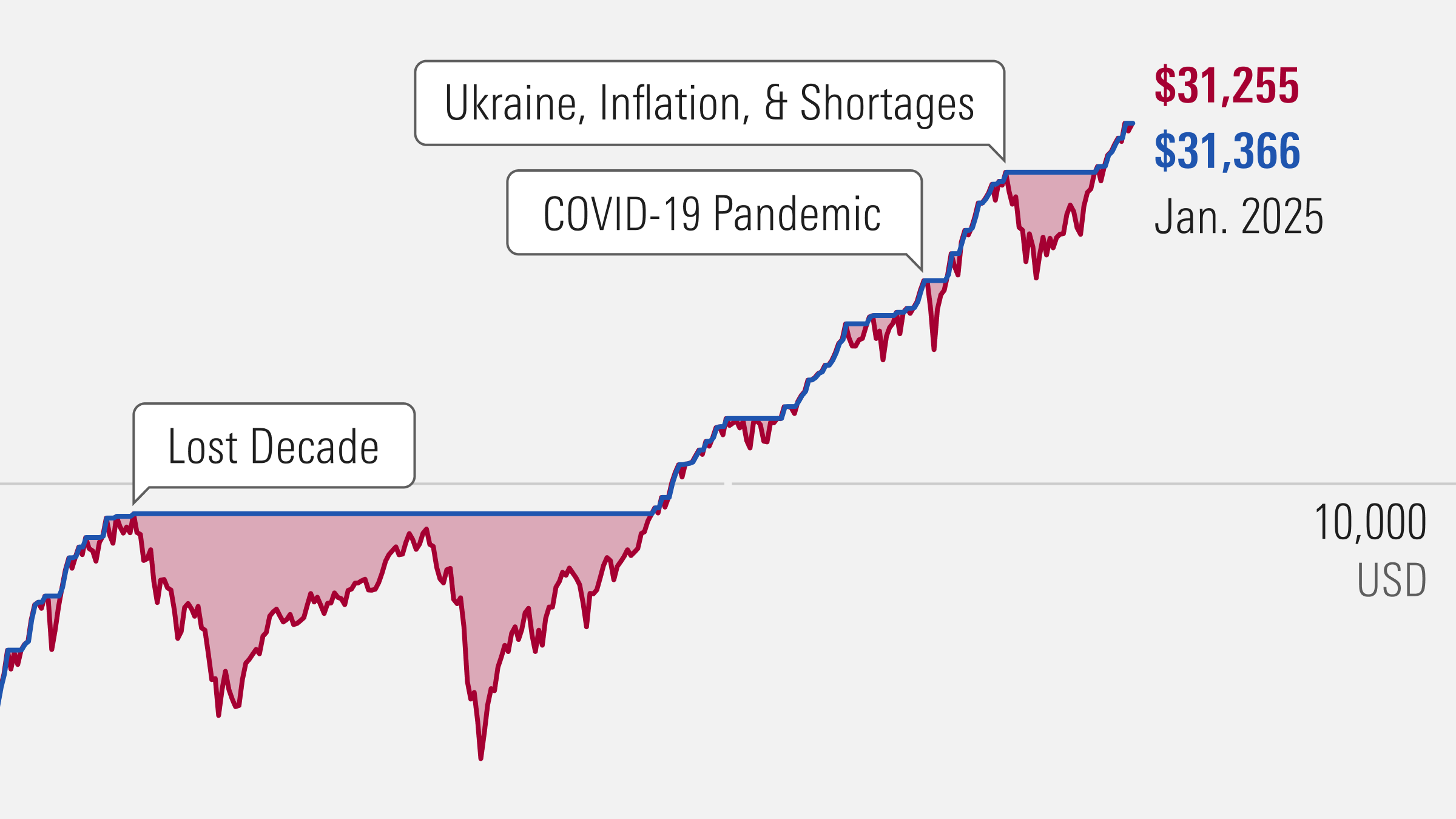Karen Andersen: The regulatory landscape for branded prescription drugs in the U.S. has become dynamic, with many proposals on the table for reducing drug spending. And with nearly half of revenue at top drug firms stemming from U.S. branded drugs, this has become a key issue in our analysis. Overall, we see the wide economic moats held by most of the large-cap drug firms we cover as steady, and as pricing pressure from competition and regulatory changes are countered by stronger patents, faster FDA reviews, and strong innovation. Our coverage in this area is on average more than 10% undervalued, as compared to a more fairly valued broader universe of stocks.
One controversy in drug pricing surrounds drug rebates, or the kickbacks that drug firms pay to middlemen and payers. These rebates can help lower net prices and keep insurance premiums down, but they can also leave patients exposed to higher out-of-pocket costs. Early this year, the Department of Health and Human Services proposed eliminating rebates in Medicare. This change could go into effect in 2020, followed by potential changes in private coverage. We think this would be a negative development for distributors and insurers, but it has an uncertain impact on drug firms themselves. Some drugs could see higher prices in this system and higher volumes, but drugs losing patent protection or facing stronger competitors could see sales erode more quickly.
Given this uncertainty, we favor names like Roche, which has been less exposed to rebates because of its therapies that are administered in hospitals and doctors' offices and not sold directly to patients at a pharmacy. We also think Roche's ability to defend its growth with strong new launches in oncology, MS, and hemophilia is underappreciated.























